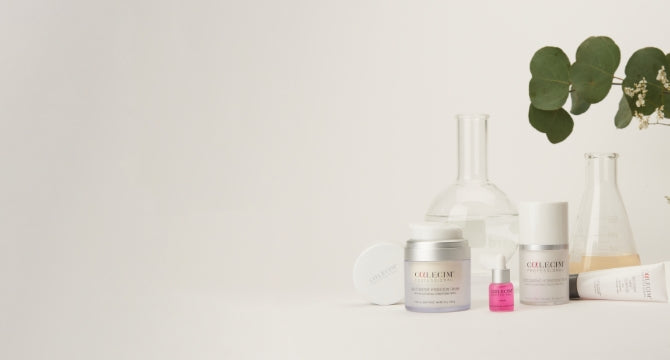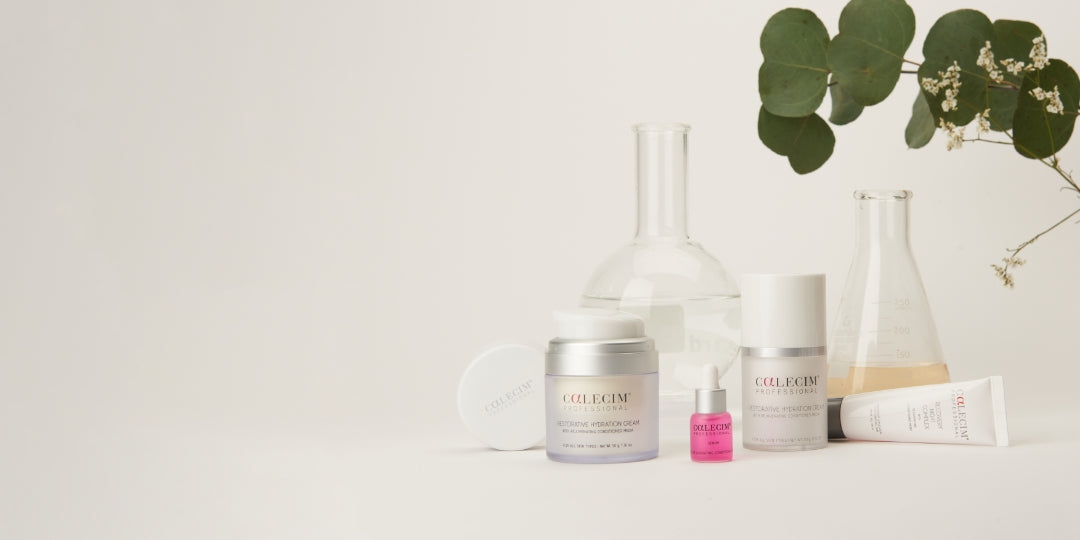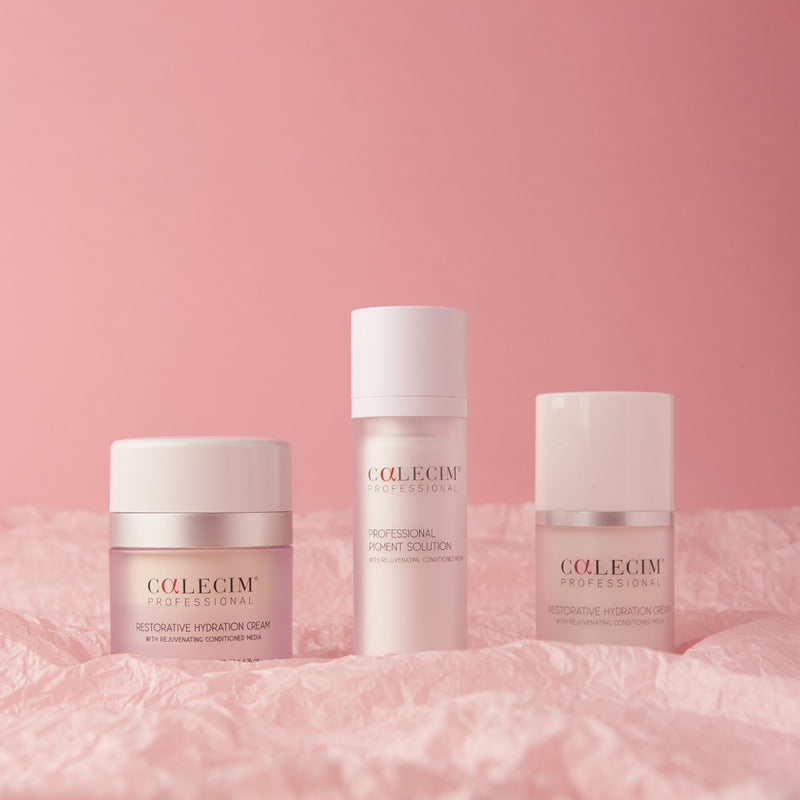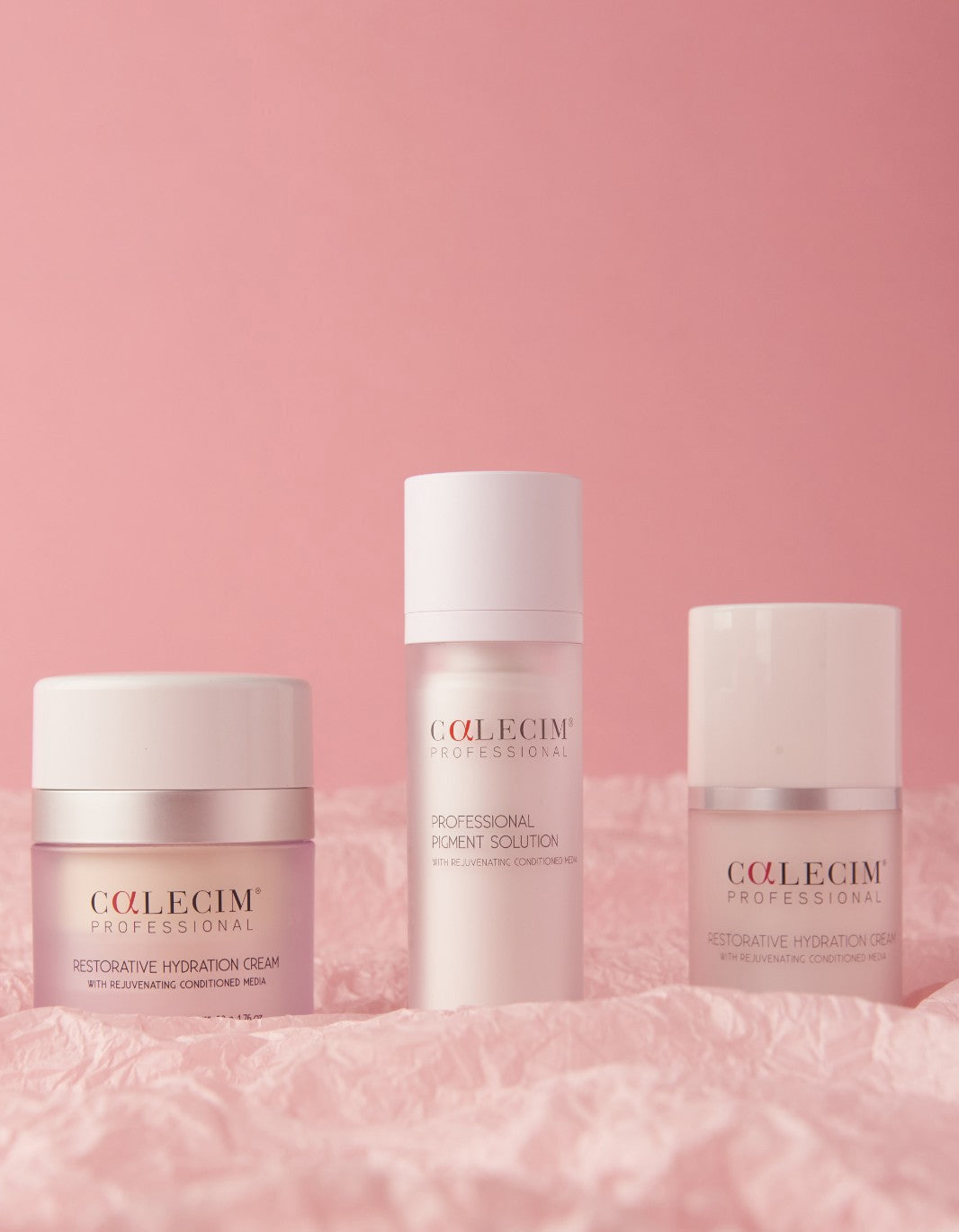Does microneedling the scalp help with hair regrowth?
It could give your thinning hair a boost. Add some powerful actives after this treatment, and you will be surprised at the changes you see.
The thought of microneedling, which involves poking needles into the scalp, is not exactly smile-inducing but that may change once you realise it could actually help with restoring your crowning glory. Microneedling involves injurying skin using small, sterile needles for skin and hair rejuvenation.
Doing so helps activate skin’s natural healing response. When the tiny needles penetrate skin, they trigger a cascade of reactions. First, the tiny injuries stimulate the production of growth factors and cytokines, which are signaling molecules that promote tissue repair and remodelling. These initiate the formation of collagen and elastin fibres - proteins essential for maintaining skin elasticity and firmness. Additionally, microneedling increases the absorption and penetration of topical products by creating tiny channels in the skin, enhancing the effectiveness of any serums or creams you apply.
As you may have guessed, microneedling started out as a treatment for skin problems although it has in recent years gained traction in the area of hair rejuvenation. It first made an appearance about 25 years ago in the treatment of wrinkles and atrophic scars, caused by severe acne, chicken pox and injuries. When skin is injured via microneedling, it releases “platelet-derived growth factor and vascular endothelial growth factor to promote wound-healing responses, improve angiogenesis, and attenuate or partially reverse fibrosis resulting from acute injury and skin aging.” In other words, as described in the Journal of Cosmetic Dermatology, the wounds break up scar tissue in skin and initiate wound-healing mechanisms believed to help reduce scars, wrinkles and hypopigmentation.
How it helps with hair growth
Microneedling has been shown to have some benefits in stimulating hair growth. It is used both as a standalone treatment as well as in conjunction with other treatments. It is not only used in clinical settings but can also be self-administered. According to Pharmaceutics, a monthly online journal published by MDPI, 50% of men and 15-30% of women face hair-related problems. Many of them resort to conventional hair treatments like minoxidil and finasteride. However, these topical treatments were often hindered by poor penetration through the scalp. This is where microneedling has proved useful as it helps enhance permeation into the scalp.
A study involving the use of microneedling for treating male pattern hair loss revealed the following results: out of the six groups who used only microneedling as a treatment, two showed significant increase in total hair count, one found increases to hair diameters and hair density, and three showed no effect. Of the seven studies testing microneedling with 5% minoxidil, six found significantly increased hair counts versus 5% minoxidil alone. This included a range of microneedling devices such as rollers, automated pens, and fractional radiofrequency devices. Three studies testing minoxidil alongside proprietary topicals and/or growth factors noted increases to hair counts. The use of microneedling together with either topical or injectable PRP (Platelet-Rich Plasma) significantly increased hair counts and diameters across groups.
This shows that when microneedling is used in conjunction with other hair growth promoting treatments such as topical minoxidil, PRP and growth factor solutions, it tends to produce better results. Using these treatments with microneedling allows them to penetrate more deeply and be better absorbed into the scalp . This was confirmed in a study involving topical application of growth factors followed by microneedle therapy in women with female pattern hair loss. Microneedling also stimulates the pores to promote hair growth, revealed the same article.
Microneedling is a safe way of doing this as it is a minimally invasive procedure with few side-effects. Common reactions are mild inflammation and discomfort. Other risks may include bruising, scarring and skin infection.
The role of Advanced Hair System
A growth factor solution that includes microneedling as an essential component of its treatment is Calecim Professional’s stem cell hair growth serum. A derma stamp of 0,5mm depth is used before applying the Advanced Hair Serum. Small punctures are created with these tiny needles without actually damaging the skin of the scalp. This allows a better penetration of the active ingredient into the scalp. The stem cell serum contains PTT-6®, which is derived from mesenchymal stem cells, ethically harvested from the umbilical cord lining of red deer. PTT-6® contains more than 3,000 proteins, growth factors, cytokines (essential proteins) and exosomes that signal cells to regenerate, increase cell turnover and stimulate the natural production of collagen, elastin and hyaluronic acid. Furthermore, PTT-6® prolongs the anagen (active growth) phase, thus restoring a normal hair follicle cycle. It stimulates the growth of hair follicles and suppresses cell death.
Microneedling serum, part of the Advanced Hair Serum, has proven to be successful in treating a variety of hair loss problems, from alopecia areata to Covid-19-related telogen effluvium (diffuse scalp hair loss). Covid-19-induced telogen effluvium is reportedly more severe than conventional telogen effluvium. It was reported in the Journal of Plastic and Reconstructive Surgery that a combination of minoxidil, LED light therapy and monthly application of AHS was able to arrest hair thinning in a patient with Covid-19-induced hair loss. This was followed by an effective regrowth of scalp hair. The success story led the researchers to propose the stem cell hair serum as an effective adjunct to conventional therapy in patients with Covid-19-induced hair loss.
Other studies on treating menopause-related hair loss with the use of the microneedling serum has also been optimistic. Given the above results, microneedling certainly has a role to play in promoting hair regrowth in both male and female hair loss.































